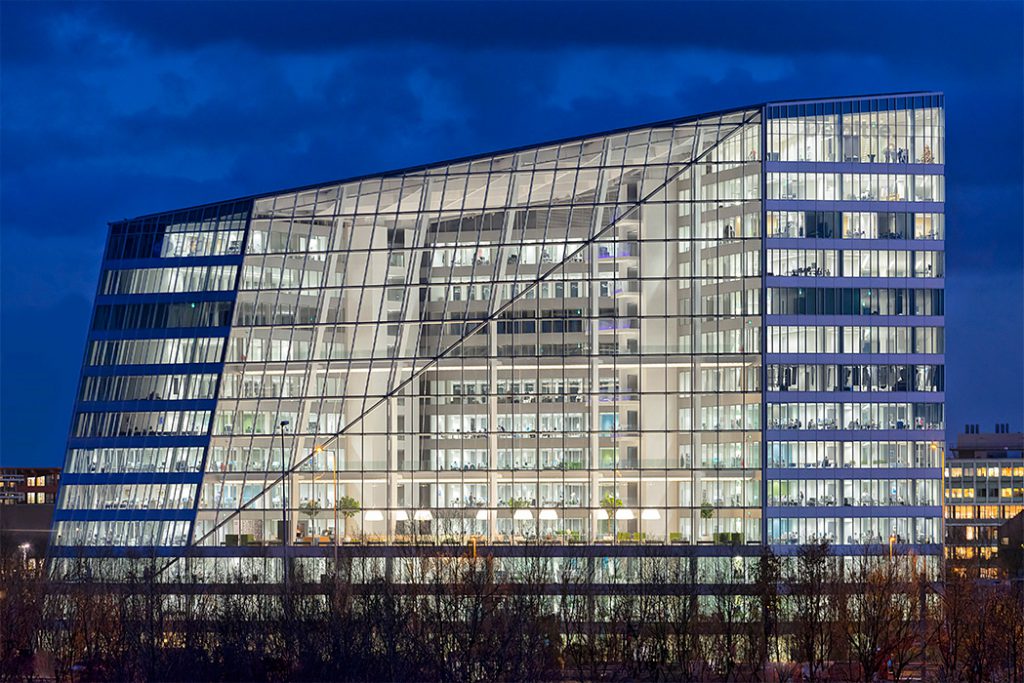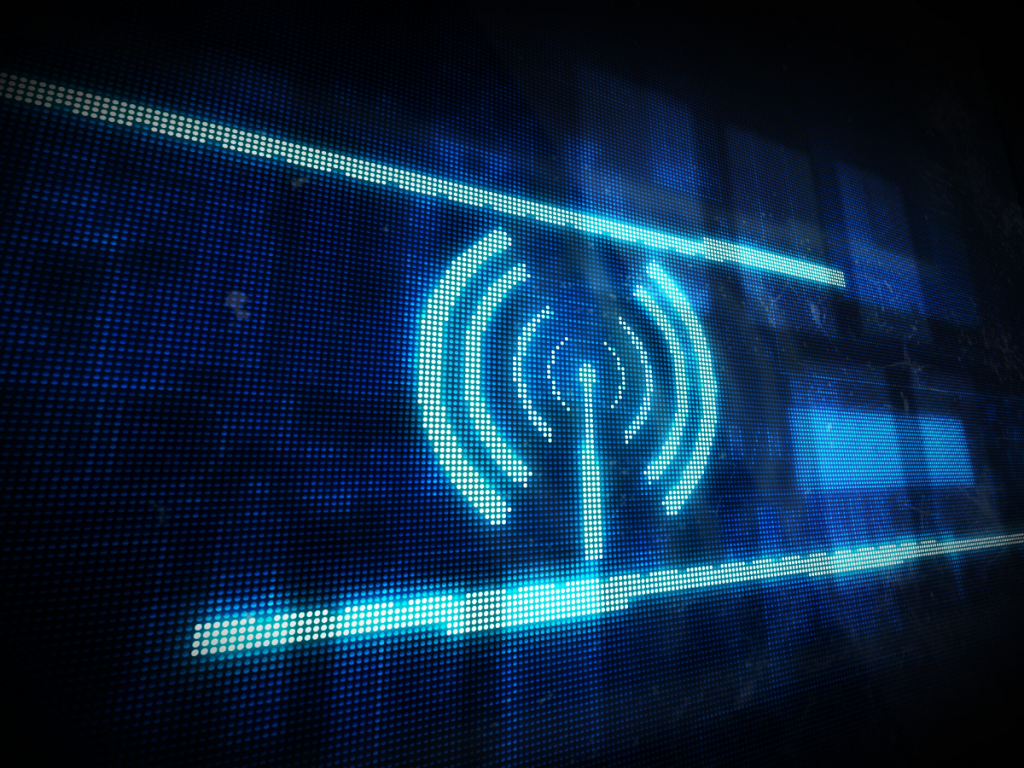
If you ask any executive responsible for Facilities or IT management this question, you’ll get a variety of intelligent answers along with some interesting opinions.
However, many others will have no idea, including some of those at the C-level. If you ask Premiere Communications and Consulting, Inc., this same question, it is sure to start a passionate dialogue. We strive to look forward, add value to our clients, and stay on the cutting edge of where we see the network evolving within the commercial enterprise space. As a full-service design-build consultant for workplace technology solutions, it’s our job to guide you with a practical way of tackling many of the issues driven by the advent of Network Convergence and IoT, so that your organization keeps pace with these and other quickly emerging technologies.
We have a lot to say about solutions that support smart building technology and collaborative workspace environments! New building system technologies are rapidly changing the way we must build out the physical network infrastructures of today. You can research our extensive experience in these areas of convergence on our website www.premiere-inc.com
More importantly, we monitor our industry, listen to business and channel partners so that we may leverage our knowledge and experience into new areas of Network Convergence for our clients. Below is Part (1) of a (3) part series regarding our opinion on the “top 3 technologies” affecting our clients in relation to Network Convergence and IoT over the next 2-4 years, or even sooner. In Part 1 we will be discussing the emergence of LED (PoE) Lighting.
According to the World Economic Forum, IoT, among other technologies, has catapulted us into the 4th Industrial Revolution. Like previous revolutions, the era of IoT will forever change the way we live, work, and communicate. One of the best definitions of IoT comes from IoT guru and innovator, Ping Yao, in his BICSI 2018 presentation, Are You Ready for IoT to Change our Buildings? He states that IoT is about “connected devices that work together to create a value that a single device cannot.”

Similarly, the converged communications infrastructure, supporting IoT and related technologies, provides value in terms of significant new efficiencies and cost savings. One of the primary benefits of network convergence, for example, is that operational functions, such as security cameras, HVAC, VoIP, and building automation systems, once treated as separate and distinct, are now merged over one common and highly efficient network cabling infrastructure. No longer do network and facilities managers need to handle each function as a separate infrastructure, thereby freeing them from issuing separate and numerous RFQs and RFPs. Rather, 4th Revolution readiness requires a new “total solutions” mindset in designing and building a converged infrastructure within your existing network architecture or new greenfield network design-build.
Network convergence also facilitates the growing use of Power over Ethernet (PoE).
Of the many uses of PoE, why focus on LED lighting? Along with amazing network benefits, one of the primary reasons is that PoE enabled LED technology drastically reduces the traditional high power consumption of lighting, resulting in significant OPEX, CAPEX, maintenance, labor, and material cost savings.
“Our clients planning to build new facilities are focused on how they can increase their ROI, by reducing the long term OPEX with new technology, but the initial cost has historically been a deterrent. We work to help them get past this roadblock!” Kent Gitter – NPI / Platformatics
We consistently see clients, whether in new construction or during renovations/expansions, overlook potential savings and make long term business decisions based on an initial capital outlay or budget. However, the tide is shifting quickly, and the initial costs are no longer a roadblock for some of these new technologies like Networked LED PoE Lighting. This timely factor allows our clients to evaluate the technology today from a CAPEX perspective, but also take immediate advantage of the OPEX savings benefit in a more tangible way.
LED lighting has significantly improved in the past few years! Most OEM’s now offer their 5th generation of LED product that includes both replacement lamps and LED fixtures. As with any product that undergoes rigorous research and development, each generation brings a more stable and reliable product. Another huge benefit to that development is that it also brings the cost and pricing into a much more competitive arena. According to recent reports, LED technology has now matched its fluorescent rival as a price competitive solution! In 2018, there are now few within the industry that would argue against the notion that LED is the future of lighting; and here’s why.

LED lighting can reduce your electric bill by 20% to 50% or more depending on your current lighting application.
You can replace your T8 32-watt bulb with a 14-watt LED tube and a 90-watt PAR38 halogen with a 17-watt LED PAR38. In almost every case, it is reasonable to assume that you can find an LED replacement that will reduce the lighting portion of your electric bill on average 50%!
With LED’s commonly rated 25,000 to 50,000-hour life, they easily exceed the 1,000 to 2,000 hours for incandescent/halogen bulbs that are currently being used by most businesses.
Longevity of the LED technology translates into fewer bulb change-outs and lower maintenance costs for facilities. When we consider that energy and maintenance constitutes 80% of the lifetime cost of buildings, the OPEX and other cost savings enabled by PoE can be tremendous for long-term low cost of ownership and business profitability.
Savings on labor cost alone can help justify the cost of LED equivalent lamps and PoE LED Lighting as you begin to transition or build your new facility. Worth noting also is the fact that many power companies help subsidize the cost by offering incentive/rebates to qualifying accounts. The OPEX effect of reduced energy costs, reduced maintenance costs, and power company rebates make your ROI very appealing now and over the lifetime of your business and building facilities!
The Simple & Safe installation of LED PoE Lighting on low voltage media, as compared to traditional high voltage infrastructure to support fluorescent lamps, results in large savings that building owners can now evaluate as a part of their budgeting process.
It is clear that using PoE lowers the cost of deploying and installing IP-enabled devices, whether these devices are sensors or LED lamps. Initial cabling costs are lower because data and power now share the same cable. In the past, LED lighting required 2 different cables with 2 distinct cable runs; 1 for electrical and 1 for communications.

This legacy approach required 2 separate contractors, as well. Via PoE, installation costs are lower today because a licensed electrician is not required to install the network cable. Furthermore, the cable is not required to be in conduit, thereby eliminating both labor and material costs. Also, the additional cost of the smart nodes deployed in the LED PoE lighting package become a mute issue when you factor in the opportunity cost associated with the elimination of traditional circuit breakers and electrical panels.
Another factor to consider is that the general installation is also safer because the PoE DC voltage is less dangerous than 110 VAC (or 220 VAC). A PoE network also enables better overall network power management by providing both discrete control over the power of the connected devices and backup power during power outages. An example of the added value of PoE technology was Super Bowl© XLVII when a power outage took down the lighting and elevators for 35 minutes. Meanwhile, the stadium’s Wi-Fi network was unaffected, since it was powered by PoE and had battery backup. Wow…can you imagine losing power, but the lights stay on?
Connecting smart LED lighting/sensor hubs to the LAN delivers valuable future proofing by enabling the installed LED hubs to quickly support and take advantage of emerging technologies like the Internet of Things (IoT) without additional, expensive lighting replacement.
PoE is ideally suited for powering, connecting, and controlling smart LED hubs within a LAN. In this way, the LED lighting system becomes part of the IT network; its reach extends beyond the immediate vicinity of the user and to other building services through any network-connected device (e.g., phone, smart phone, tablet, PC). Thus, a user can utilize the system’s proximity sensors to find the closest available meeting room. An even greater benefit extends to facility owners and managers who now have an integrated view of a facility’s energy usage. By measuring, monitoring, and controlling all the nodes of the network (including heat and ventilation) in real time, management can identify opportunities for improved energy usage and operational efficiency. Armed with this information, they can adjust temperature, lighting, and cleaning schedules based on historical user behavior data.
An additional benefit is future proofing with a PoE LED network. The LED lighting fixtures (and the associated smart sensor hubs) are already positioned where they are needed with the power and data already wired to the most useful locations. Therefore, new sensor or communication modules, such as distributed short-range wireless access points, can be added at low-margin cost and with relatively little labor.
In conclusion, Premiere Communications & Consulting, Inc. views LED PoE Lighting as one of the three primary areas where Network Convergence and IoT will affect many businesses over the next few years. As the convergence trend continues to bolster steam, we want to help our clients navigate this inevitable transition.
Our vision is to consistently exceed our client’s expectations by creating powerful IT solutions that support the business processes of today, while also leveraging the technologies of tomorrow.
Network Convergence is eliminating the time-consuming historical Design/Bid/RFP process in favor of having owners and general contractors engage contractually with full service Design Build firms, at the onset, to ensure the most efficient, reliable and cost effective deployment of their network. Premiere is such a Design Build firm that can manage your evolving network from design, commissioning, and maintenance, while keeping your business and network ahead of the technology curve—and ahead of your competitors.
Give us a call at 800-398-9831 today. We’re ready to assist you.
Sources: 1 Ping Yao, BICSI Winter 2018, Are You Ready for IoT to Change our Buildings?